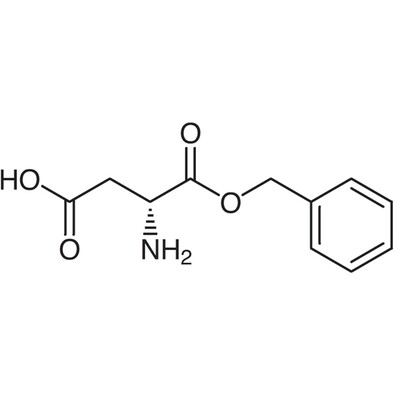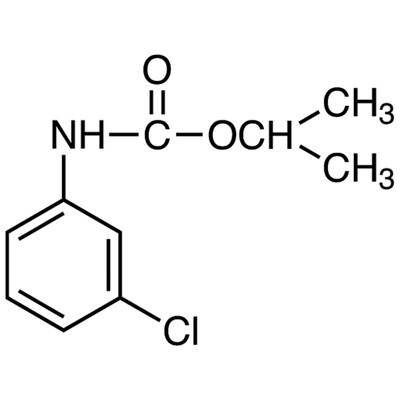Potassium niobate 99.999% 25 g
SKU 006512-2
€ 242,06
In stock
1
Save this product for later
Potassium niobate 99.999% 25 g
Product Details
CAS number: 12030-85-2
Chemical formulas: KNbO3/ F.W. 180.01
Cation: K
Packaging: 25 g
EAN: 8721028244161
Brand: Laboratoriumdiscounter
Potassium niobate is a versatile compound with various applications in the fields of electronics, optics, and energy storage. Known for its exceptional piezoelectric properties, it is commonly used in sensors, actuators, and transducers. Additionally, potassium niobate exhibits excellent optical properties, making it suitable for use in optical devices such as waveguides and modulators. With its high dielectric constant, it is also utilized in energy storage devices like capacitors. Overall, potassium niobate is a valuable material with diverse uses in cutting-edge technologies.
When working with Potassium niobate, it is important to follow safety precautions to minimize the risk of accidents or exposure. Here are some short safety instructions to consider: 1. Personal Protective Equipment (PPE): Always wear appropriate PPE, including safety goggles, gloves, and a lab coat or protective clothing, to protect your eyes, skin, and body from potential contact with Potassium niobate. 2. Ventilation: Work in a well-ventilated area or use a fume hood to prevent the accumulation of potentially harmful vapors or dust particles. Potassium niobate should not be inhaled or ingested. 3. Handling: Handle Potassium niobate with care, avoiding any unnecessary contact. Use tools or gloves to minimize direct skin contact and prevent accidental ingestion or absorption. 4. Storage: Store Potassium niobate in a tightly sealed container, away from incompatible substances, heat, and moisture. Follow the manufacturer's recommendations for proper storage conditions. 5. Spills and Cleanup: In case of a spill, carefully contain and clean up the material using appropriate procedures and equipment. Avoid generating dust or aerosols during cleanup. Dispose of waste according to local regulations. 6. Fire Safety: Potassium niobate is not flammable, but it may emit toxic fumes when exposed to high temperatures. Keep it away from open flames or ignition sources. 7. First Aid: In case of accidental exposure or ingestion, seek medical attention immediately. Rinse affected areas with plenty of water and remove contaminated clothing. Provide medical professionals with all relevant information about the substance. Remember, these instructions are not exhaustive, and it is essential to consult the Material Safety Data Sheet (MSDS) or other reliable sources for detailed safety information specific to Potassium niobate.
Please note, not all safety data for this product is available on our website, for a complete list of P en H sentences and other safety instructions please request the MSDS at our customer service
You May Also Like
![Benzo[d]oxazol-6-ylmethanol, 98%, 250mg Benzo[d]oxazol-6-ylmethanol, 98%, 250mg](https://d2j6dbq0eux0bg.cloudfront.net/images/88473019/4763346101.png)
Benzo[d]oxazol-6-ylmethanol, 98%, 250mg
Benzo[d]oxazol-6-ylmethanol, 98%, 250mg
SKU F764899-250MG
€ 134,20
Display prices in:EUR









![5-Bromobenzo[1,3]dioxole-4-carboxylic acid, 97%, 5g 5-Bromobenzo[1,3]dioxole-4-carboxylic acid, 97%, 5g](https://d2j6dbq0eux0bg.cloudfront.net/images/88473019/4863798222.png)

![[(4-methylphenyl)(phenyl)methyl]amine hydrochloride, 95.0%, 1g [(4-methylphenyl)(phenyl)methyl]amine hydrochloride, 95.0%, 1g](https://d2j6dbq0eux0bg.cloudfront.net/images/88473019/4856274103.png)
